Sub-Saharan Africa

Ethiopia
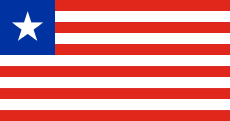
Liberia
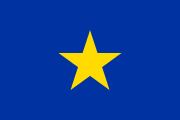
Congo

Zanzibar
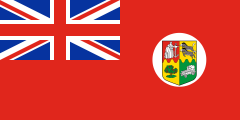
South Africa
Middle East and North Africa
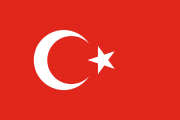
Turkey
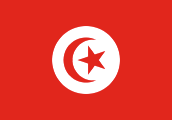
Tunisia
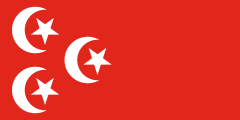
Egypt

Jebel Shammar

Morocco

Muscat and Oman

Hejaz
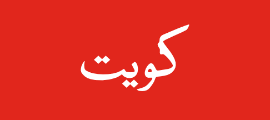
Kuwait 11 There were many variations of this flag, depending on who was flying it and when. Some versions would have added inscriptions, decorations or royal symbols. The flag could also be triangular.

Bahrain 22 The number of points could vary. Some flags even had a completely straight-edged stripe.
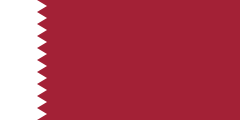
Qatar

Ras al-Khaimah · Sharjah 33 Officially all of the Trucial States were supposed to fly a square red flag with a thick white border. In practice this flag became exclusively associated with the Al Qasimi dynasty. The other states mostly flew plain red flags.
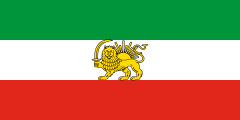
Persia
state flag 44 Flown by the government, and often by private citizens.

Persia
national flag 55 Allowed to be flown by anyone.

Mount Lebanon
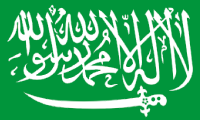
Nejd
Western Europe
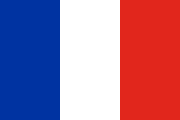
France

Italy
national flag 66 Flown by private citizens and merchant ships. The "Italian Social Republic", the Nazi puppet regime in the north, flew the plain tricolour as a national flag and had a war flag with an eagle gripping a fasces. The anti-fascist Italian partisans flew either plain tricolours or tricolours with a white or red star on the middle stripe.
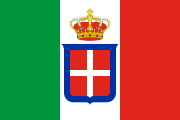
Italy
state flag 77 Flown by the government and navy.
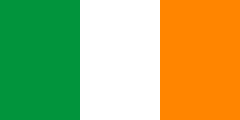
Ireland
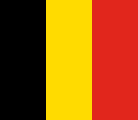
Belgium 88 Flying the national flag was banned under the German occupation.
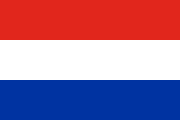
Netherlands
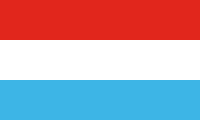
Luxembourg
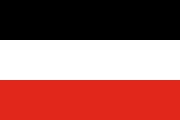
Germany
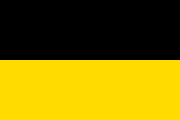
Austria
Imperial colours 99 The dynastic colours of the Hapsburg monarchy, often used as a flag on land.
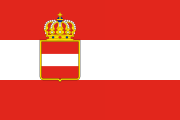
Austria
naval flag 1010 Flown by navy ships. Direct predecessor of the modern Austrian flag. By law the flag was also supposed to have the coat of arms of Hungary on it, but flags of this type were never manufactured.
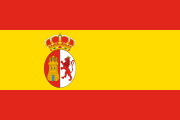
Spain

Andorra
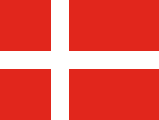
Denmark
national flag 1111 Allowed to be flown by anyone.
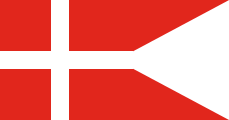
Denmark
sovereign flag 1212 Flown by the royal house, the government, and the armed forces. Also granted to a select list of private institutions and companies.
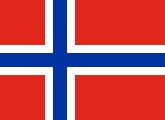
Norway
merchant flag 1313 Allowed to be flown by anyone.
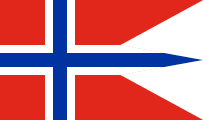
Norway
state flag 1414 Flown only on state-owned buildings and naval ships.
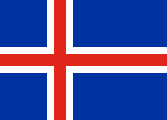
Iceland
national flag 1515 Allowed to be flown by anyone.
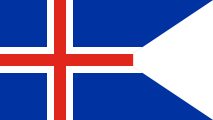
Iceland
state flag 1616 Flown on government buildings and coast guard ships.
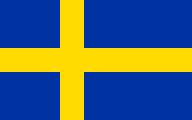
Sweden 1717 Flown for all purposes. A three-tailed version of the national flag is flown by the military.
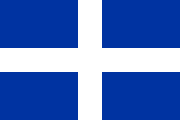
Greece
land flag 1818 Flown on land within Greece. The military flag had a crown in the centre of the cross.

Greece
sea flag 1919 Flown at sea and abroad. The naval ensign had a crown in the centre of the cross.
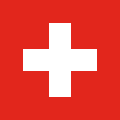
Switzerland
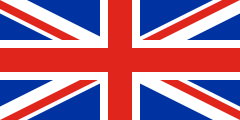
United Kingdom
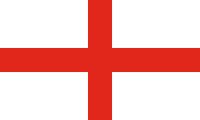
England
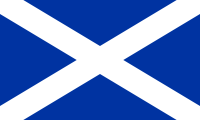
Scotland
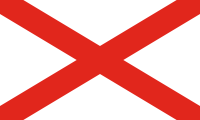
Jersey
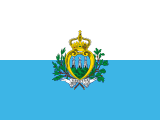
San Marino
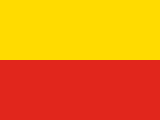
Liechtenstein
princely flag 2020 Flown by the prince, and unofficially as a national flag. Blue and red flags were also in use.
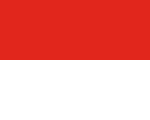
Monaco
national flag 2121 Allowed to be flown by anyone.
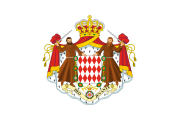
Monaco
princely flag 2222 Flown over the Prince's Palace and government buildings.

Malta
traditional flag 2323 Flown unofficially, mostly by civilian ships. There was also a blue colonial ensign with the Maltese coat of arms on it.

Portugal
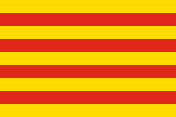
Catalonia
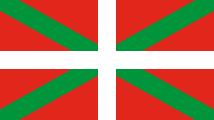
Basque Country
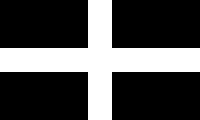
Cornwall

Galicia
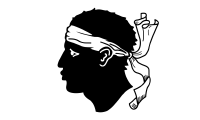
Corsica
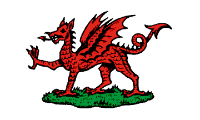
Wales
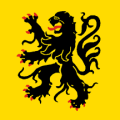
Flanders

Wallonia
Eastern Europe

Russia
national flag 2424 Flown for most purposes.
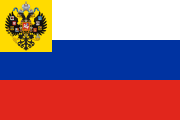
Russia
flag for private use 2525 A symbol of the Imperial house permitted for use by private citizens. Relatively uncommon, mostly used on decorative or propaganda images.
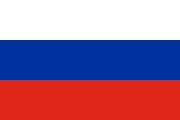
Carniola
national colours 2626 Designated as the official colours of the Austrian crown land of Carniola. Regarded as the unofficial national flag of Slovenia.
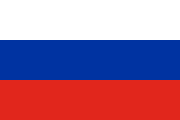
Slovakia 2727 Flown by advocates of Slovakian independence. The "Upper Hungary" region did not have an official flag.
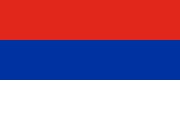
Serbia
national flag 2828 Allowed to be flown by anyone.

Serbia
state flag 2929 Flown the government and armed forces.
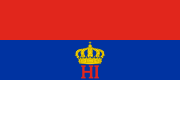
Montenegro
merchant flag 3030 Flown by the merchant fleet. The plain Serbian tricolour was also widely flown within in the country.
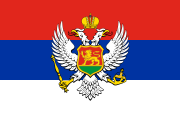
Montenegro
royal flag 3131 Flown by the king and the government.
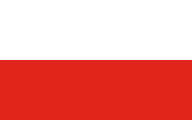
Poland

Bohemia
state colours 3232 Designated as the official colours of the Austrian crown land of Bohemia. Not an official flag, but informally regarded as a Czech national symbol. A white flag with the Bohemian coat of arms was also sometimes used.

Croatia and Slavonia
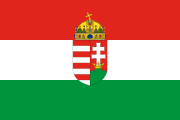
Hungary

Bulgaria

Estonia
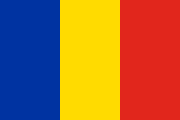
Romania
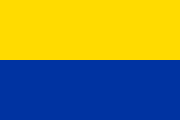
Ukraine 3333 Flown by Ukrainian nationalists. The order of colours wasn't fixed.
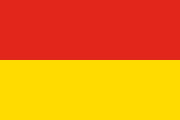
Bosnia and Herzegovina

Albania
South Asia and the Indian Ocean

India 3434 The "Calcutta flag" flown by independence activists. British India had several colonial flags. A red civil ensign with the Star of India medal on it was used to represent India at international sporting events.
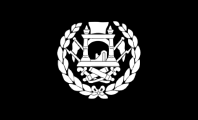
Afghanistan
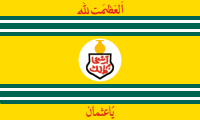
Hyderabad

Jammu and Kashmir 3535 The maharaja's flag had yellow stripes at the top and bottom.

Nepal

Jhabua 3636 The raja's flag was rectangular

Dewas

Kota
princely flag 3737 Flown by the Maharao and also used as a state flag. The flag was sometimes much longer.

Benares
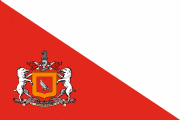
Sailana 3838 The previous plain red flag was sometimes flown as an alternate state flag.
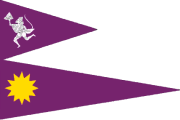
Ajaigarh 3939 The reverse side of the flag showed a moon and a flower.

Mewar 4040 Mewar had a number of reported princely banners which were also sometimes used as state flags. The most common one had a large yellow sun and a blue katar dagger.
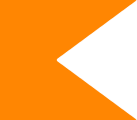
Kolhapur 4141 Kolhapur flew the Maratha saffron banner as a state flag. The maharaja had a diagonally-divided red and orange flag.

Dhar

Jaipur

Alwar

Idar
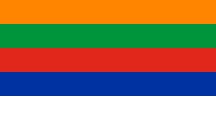
Sirohi

Jodhpur
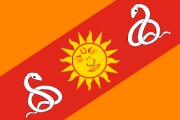
Gwalior
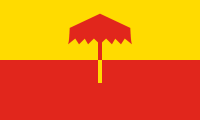
Jaisalmer
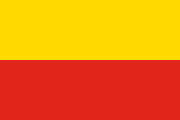
Nabha
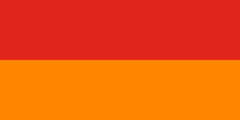
Bikaner

Mysore
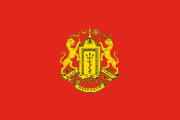
Wankaner
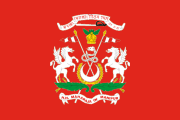
Manipur

Charkhari

Banswara
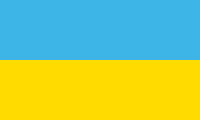
Dholpur

Chhatarpur

Kapurthala

Cambay
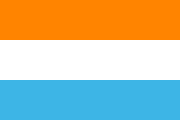
Bharatpur
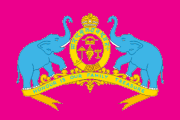
Kochin

Dhrangadhra

Rajpipla
princely flag 4242 Flown by the maharaja and often used as a state flag.

Rajpipla
national flag 4343 Allowed to be flown by civilians.
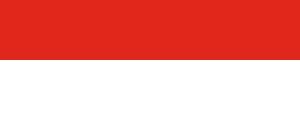
Indore 4444 Inland river boats flew a triangular pennant in the same colours.

Bhavnagar 4545 There was also a red British colonial ensign with the coat of arms on it.
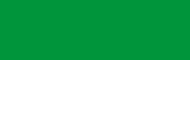
Tonk 4646 The nawab's flag, which was sometimes used as an alternate state flag, was white with a green hand.
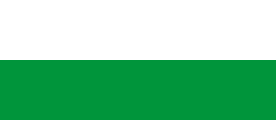
Garhwal 4747 The maharaja's flag had a gold eagle on it. The armed forces used a flag with white and purple stripes.
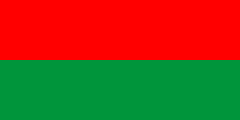
Suket 4848 The raja's flag had a gold tiger head in the middle. The war flag was a red flag with the state coat of arms on it.

Kalat
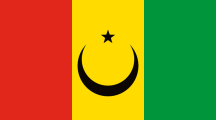
Bahawalpur

Baroda
princely flag 4949 Flown by the maharaja and often used as a state flag. The swallowtailed saffron Maratha banner was also sometimes flown.
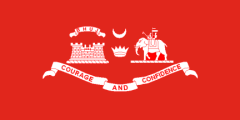
Kutch
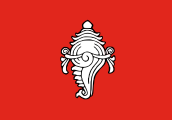
Travancore

Rajgarh

Pratapgarh 5050 The maharawat's flag had the same design but in yellow instead of white.

Cooch Behar
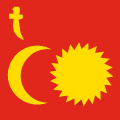
Barwani
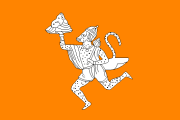
Porbandar
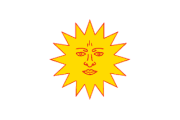
Sitamau 5151 The Raja's flag had a red sun

Faridkot
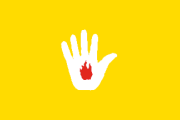
Rewa
princely flag 5252 Flag of the maharaja's dynasty, used as a state flag.

Bundi

Jhalawar

Karauli
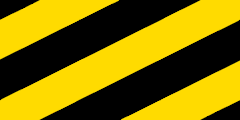
Orchha
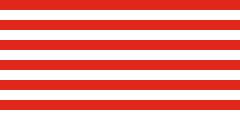
Alirajpur
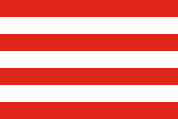
Khairpur
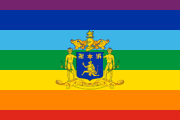
Dungarpur

Baoni

Mandi 5353 The flag flown at the palace had the state coat of arms on it.

Kishangarh

Bhopal 5454 The begum's standard had a crown and inscription on it.
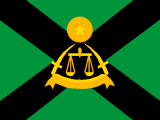
Jaora
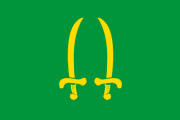
Rampur

Bilaspur

Sikkim
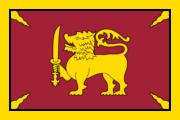
Sinhalese Flag 5555 Flown by Sinhalese nationalists in Ceylon, now Sri Lanka. There was also an infrequently-used blue British colonial ensign with an elephant badge.

Maldive Islands
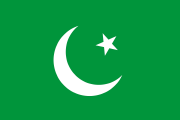
Muslim League 5656 Flag of the All-India Muslim League, which advocated for Muslim interests within British India. The direct predecessor of the flag of Pakistan.
East, Central and Southeast Asia

Japan
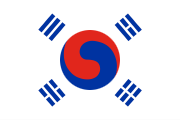
Korea 5757 Flown by the Korean independence movement. Banned under Japanese occupation.
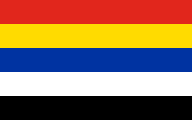
China

Mongolia

Cambodia

Laos

Siam
state flag 5858 Flown by the government and naval ships.

Siam
merchant flag 5959 Flown by merchant ships.
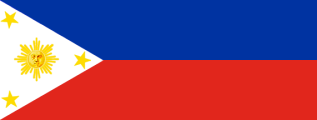
Philippines 6060 Banned by the American colonial government. The Insular Government of the Philippine Islands had no official flag at this time.
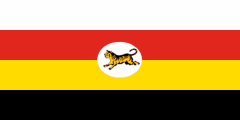
Federated Malay States
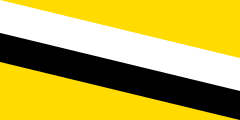
Brunei

Terengganu

Sarawak

Perlis
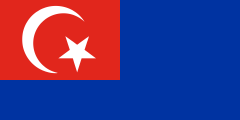
Johor
state flag 6161 Flown by the sultan and on naval ships.

Johor
merchant flag 6262 Flown by merchant ships and sometimes used by civilians as an alternate national flag.
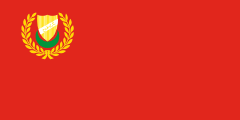
Kedah
state flag 6363 Flown over the sultan's palace and the military.
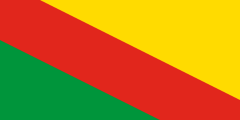
Kedah
merchant flag 6464 Flown by merchant ships.
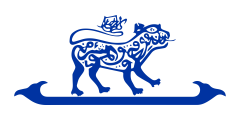
Kelantan
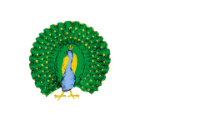
Burma 6565 Flown by Burmese nationalists. The British colonial government did not have a distinct flag.
Oceania

Australia

New Zealand
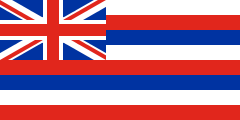
Hawaiʻi

Tonga
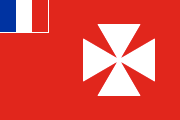
Wallis and Futuna
North America
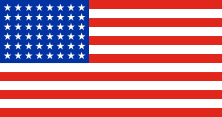
United States
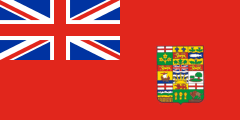
Canada 6666 Officially only to be flown civilian ships, but in practice flown widely on land as the national flag. The badge was only supposed to have the arms of the original four provinces, but the nine-province version was much more common. It was also often placed on a white disc, or adorned with wreath of maple leaves and a crown.

Newfoundland 6767 Officially only to be flown civilian ships, but in practice flown widely on land as the national flag.
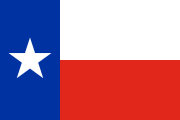
Texas

Acadia
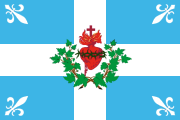
Québec
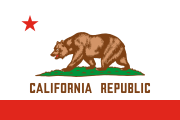
California
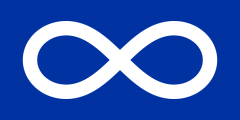
Métis
Latin America
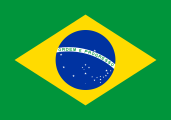
Brazil
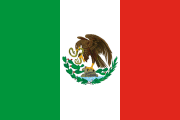
Mexico
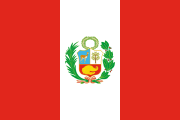
Peru
national ensign 6868 Flown by the government, the navy, the national police, and national sports teams. Raised at major ceremonies. The army uses a similar flag with a different coat of arms.

Peru
national flag 6969 Allowed to be flown by anyone.
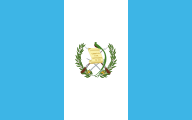
Guatemala
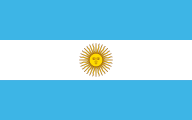
Argentina
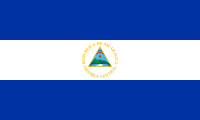
Nicaragua

El Salvador
national flag 7070 The most common flag, flown over most government buildings, at ceremonies, by diplomatic missions and often by public citizens.
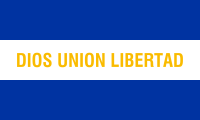
El Salvador
inscribed flag 7171 An alternative government flag, most commonly flown by the armed forces but also on some public buildings and offices.
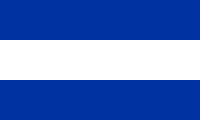
El Salvador
plain flag 7272 The simplest version of the national flag, flown by some private citizens.
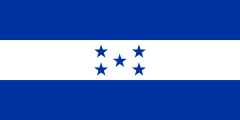
Honduras

Paraguay
front side
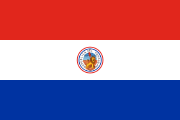
Paraguay
back side
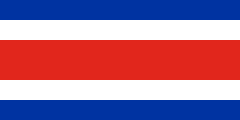
Costa Rica
national flag 7373 The most common Costa Rican flag. Officially designated for private citizens, but in practice often used on government buildings and schools too.

Costa Rica
national ensign 7474 Flown by the government and by diplomatic missions, although also used sometimes by private citizens.

Puerto Rico 7575 Flown by Puerto Rican nationalists. Display of the flag was initially banned under American rule.

Cuba

Uruguay

Haiti
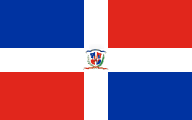
Dominican Republic
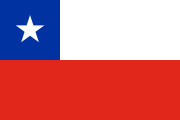
Chile

Panama
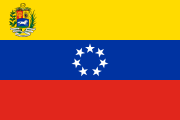
Venezuela
national ensign 7676 Flown by the government and armed forces, and unofficially used by many private citizens.

Venezuela
national flag 7777 Allowed to be flown by anyone.
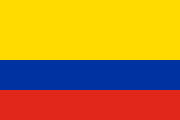
Colombia

Ecuador
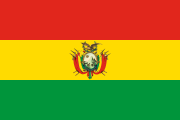
Bolivia
state flag 7878 Flown by the governmnent. The armed forces flew a similar flag with olive and laurel branches around the coat of arms.

Bolivia
national flag 7979 Allowed to be flown by anyone.
Other International and Cultural Flags
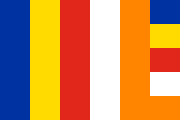
Buddhist Flag

Zionist Movement

Arab Nationalist Flag
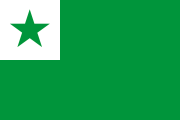
Esperanto

Red Cross
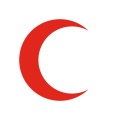
Red Crescent

Olympic Games
Events of 1916
CHINA • The Republic of China was restored, along with its original flag, on March 22.
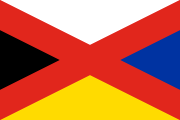


HEJAZ • The Kingdom of Hejaz declared independence from the Ottoman empire on June 10. Its first flag, used for less than a year, was plain red.

IRELAND • The Irish tricolour (first designed in 1848) was raised during the Easter Rising on April 24. The rising was put down a few days later, but from then on the tricolour supplanted the harp flag as the preeminent Irish flag. It was flown by the Irish Republic in 1919 and the Irish Free State in 1922, before being put into law in the 1937 Constitution.
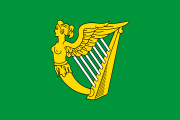


MEXICO • Venustiano Carranza issued a decree about the national emblem on September 25, ordering that it should be drawn with the eagle in profile. The new version, with some minor modifications, has lasted until the present day.



POLAND • The modern white-over-red flag was flown at a demonstration in Warsaw on May 6. White and red had been the Polish national colours since 1831, but they were typically used as a cockade and not a flag. Before the First World War, the most common Polish flag was the white eagle. The bicolour was officially adopted on 1 August 1919.



QATAR • Qatar was made a British protectorate on November 3. Owing to their common history, Qatar and Bahrain have always had basically identical flags, but the local dyes used in Qatar tended to come out as a deep maroon instead of a bright red. The distinct shade was eventually codified in 1949.

SIAM • Siam adopted a much simpler civil flag on November 21. The state flag, with added golden regalia, remained in use for the moment. But both flags would be replaced by the modern Thai flag the following year.
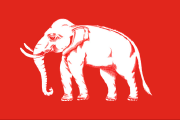



Notes
1 There were many variations of this flag, depending on who was flying it and when. Some versions would have added inscriptions, decorations or royal symbols. The flag could also be triangular. ↩
2 The number of points could vary. Some flags even had a completely straight-edged stripe. ↩
3 Officially all of the Trucial States were supposed to fly a square red flag with a thick white border. In practice this flag became exclusively associated with the Al Qasimi dynasty. The other states mostly flew plain red flags. ↩
4 Flown by the government, and often by private citizens. ↩
5 Allowed to be flown by anyone. ↩
6 Flown by private citizens and merchant ships. The "Italian Social Republic", the Nazi puppet regime in the north, flew the plain tricolour as a national flag and had a war flag with an eagle gripping a fasces. The anti-fascist Italian partisans flew either plain tricolours or tricolours with a white or red star on the middle stripe. ↩
7 Flown by the government and navy. ↩
8 Flying the national flag was banned under the German occupation. ↩
9 The dynastic colours of the Hapsburg monarchy, often used as a flag on land. ↩
10 Flown by navy ships. Direct predecessor of the modern Austrian flag. By law the flag was also supposed to have the coat of arms of Hungary on it, but flags of this type were never manufactured. ↩
11 Allowed to be flown by anyone. ↩
12 Flown by the royal house, the government, and the armed forces. Also granted to a select list of private institutions and companies. ↩
13 Allowed to be flown by anyone. ↩
14 Flown only on state-owned buildings and naval ships. ↩
15 Allowed to be flown by anyone. ↩
16 Flown on government buildings and coast guard ships. ↩
17 Flown for all purposes. A three-tailed version of the national flag is flown by the military. ↩
18 Flown on land within Greece. The military flag had a crown in the centre of the cross. ↩
19 Flown at sea and abroad. The naval ensign had a crown in the centre of the cross. ↩
20 Flown by the prince, and unofficially as a national flag. Blue and red flags were also in use. ↩
21 Allowed to be flown by anyone. ↩
22 Flown over the Prince's Palace and government buildings. ↩
23 Flown unofficially, mostly by civilian ships. There was also a blue colonial ensign with the Maltese coat of arms on it. ↩
24 Flown for most purposes. ↩
25 A symbol of the Imperial house permitted for use by private citizens. Relatively uncommon, mostly used on decorative or propaganda images. ↩
26 Designated as the official colours of the Austrian crown land of Carniola. Regarded as the unofficial national flag of Slovenia. ↩
27 Flown by advocates of Slovakian independence. The "Upper Hungary" region did not have an official flag. ↩
28 Allowed to be flown by anyone. ↩
29 Flown the government and armed forces. ↩
30 Flown by the merchant fleet. The plain Serbian tricolour was also widely flown within in the country. ↩
31 Flown by the king and the government. ↩
32 Designated as the official colours of the Austrian crown land of Bohemia. Not an official flag, but informally regarded as a Czech national symbol. A white flag with the Bohemian coat of arms was also sometimes used. ↩
33 Flown by Ukrainian nationalists. The order of colours wasn't fixed. ↩
34 The "Calcutta flag" flown by independence activists. British India had several colonial flags. A red civil ensign with the Star of India medal on it was used to represent India at international sporting events. ↩
35 The maharaja's flag had yellow stripes at the top and bottom. ↩
36 The raja's flag was rectangular ↩
37 Flown by the Maharao and also used as a state flag. The flag was sometimes much longer. ↩
38 The previous plain red flag was sometimes flown as an alternate state flag. ↩
39 The reverse side of the flag showed a moon and a flower. ↩
40 Mewar had a number of reported princely banners which were also sometimes used as state flags. The most common one had a large yellow sun and a blue katar dagger. ↩
41 Kolhapur flew the Maratha saffron banner as a state flag. The maharaja had a diagonally-divided red and orange flag. ↩
42 Flown by the maharaja and often used as a state flag. ↩
43 Allowed to be flown by civilians. ↩
44 Inland river boats flew a triangular pennant in the same colours. ↩
45 There was also a red British colonial ensign with the coat of arms on it. ↩
46 The nawab's flag, which was sometimes used as an alternate state flag, was white with a green hand. ↩
47 The maharaja's flag had a gold eagle on it. The armed forces used a flag with white and purple stripes. ↩
48 The raja's flag had a gold tiger head in the middle. The war flag was a red flag with the state coat of arms on it. ↩
49 Flown by the maharaja and often used as a state flag. The swallowtailed saffron Maratha banner was also sometimes flown. ↩
50 The maharawat's flag had the same design but in yellow instead of white. ↩
51 The Raja's flag had a red sun ↩
52 Flag of the maharaja's dynasty, used as a state flag. ↩
53 The flag flown at the palace had the state coat of arms on it. ↩
54 The begum's standard had a crown and inscription on it. ↩
55 Flown by Sinhalese nationalists in Ceylon, now Sri Lanka. There was also an infrequently-used blue British colonial ensign with an elephant badge. ↩
56 Flag of the All-India Muslim League, which advocated for Muslim interests within British India. The direct predecessor of the flag of Pakistan. ↩
57 Flown by the Korean independence movement. Banned under Japanese occupation. ↩
58 Flown by the government and naval ships. ↩
59 Flown by merchant ships. ↩
60 Banned by the American colonial government. The Insular Government of the Philippine Islands had no official flag at this time. ↩
61 Flown by the sultan and on naval ships. ↩
62 Flown by merchant ships and sometimes used by civilians as an alternate national flag. ↩
63 Flown over the sultan's palace and the military. ↩
64 Flown by merchant ships. ↩
65 Flown by Burmese nationalists. The British colonial government did not have a distinct flag. ↩
66 Officially only to be flown civilian ships, but in practice flown widely on land as the national flag. The badge was only supposed to have the arms of the original four provinces, but the nine-province version was much more common. It was also often placed on a white disc, or adorned with wreath of maple leaves and a crown. ↩
67 Officially only to be flown civilian ships, but in practice flown widely on land as the national flag. ↩
68 Flown by the government, the navy, the national police, and national sports teams. Raised at major ceremonies. The army uses a similar flag with a different coat of arms. ↩
69 Allowed to be flown by anyone. ↩
70 The most common flag, flown over most government buildings, at ceremonies, by diplomatic missions and often by public citizens. ↩
71 An alternative government flag, most commonly flown by the armed forces but also on some public buildings and offices. ↩
72 The simplest version of the national flag, flown by some private citizens. ↩
73 The most common Costa Rican flag. Officially designated for private citizens, but in practice often used on government buildings and schools too. ↩
74 Flown by the government and by diplomatic missions, although also used sometimes by private citizens. ↩
75 Flown by Puerto Rican nationalists. Display of the flag was initially banned under American rule. ↩
76 Flown by the government and armed forces, and unofficially used by many private citizens. ↩
77 Allowed to be flown by anyone. ↩
78 Flown by the governmnent. The armed forces flew a similar flag with olive and laurel branches around the coat of arms. ↩
79 Allowed to be flown by anyone. ↩